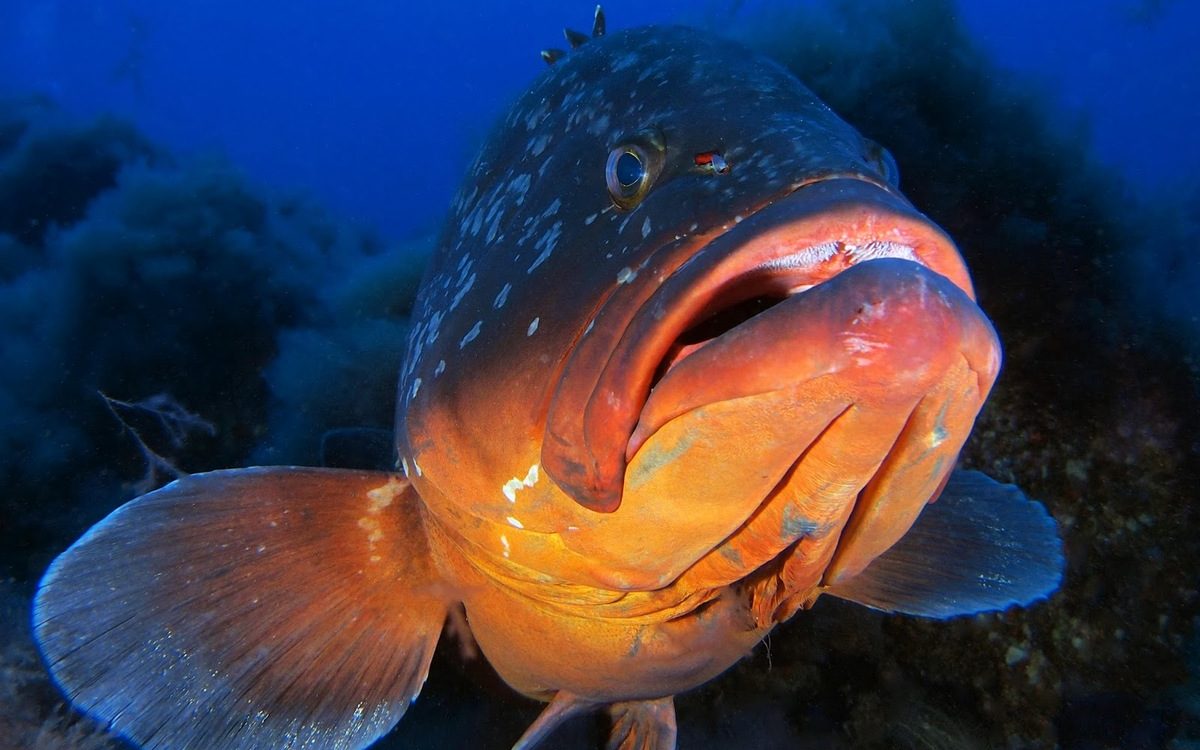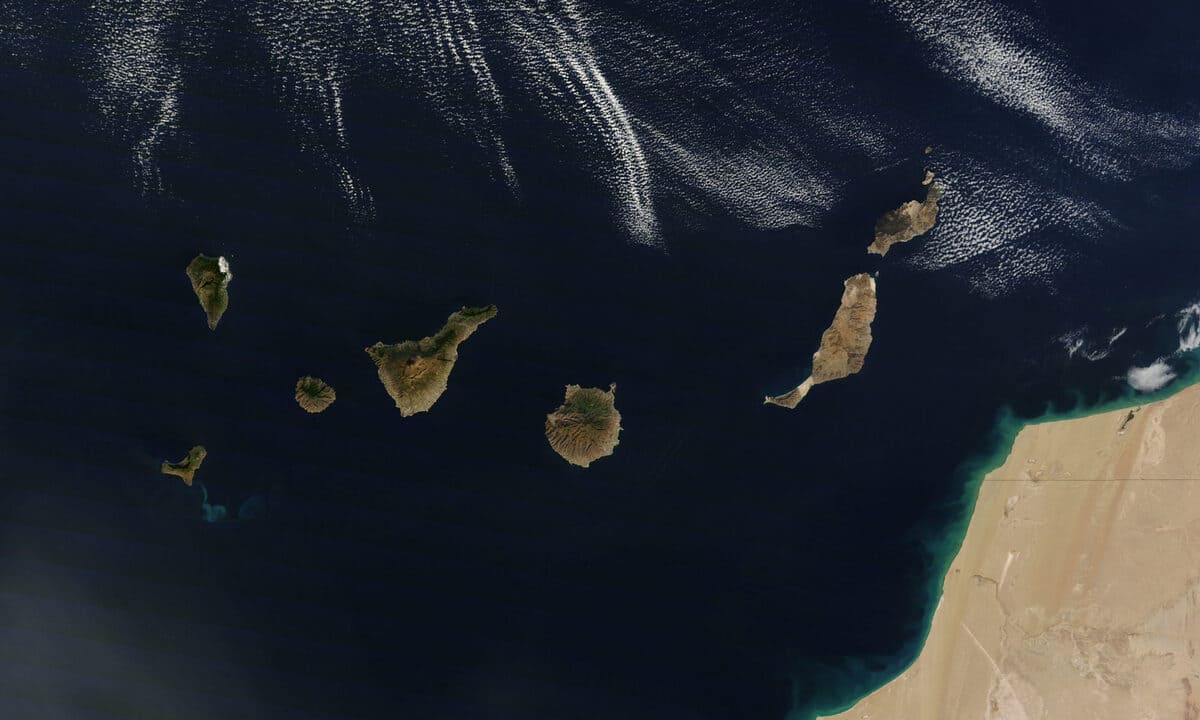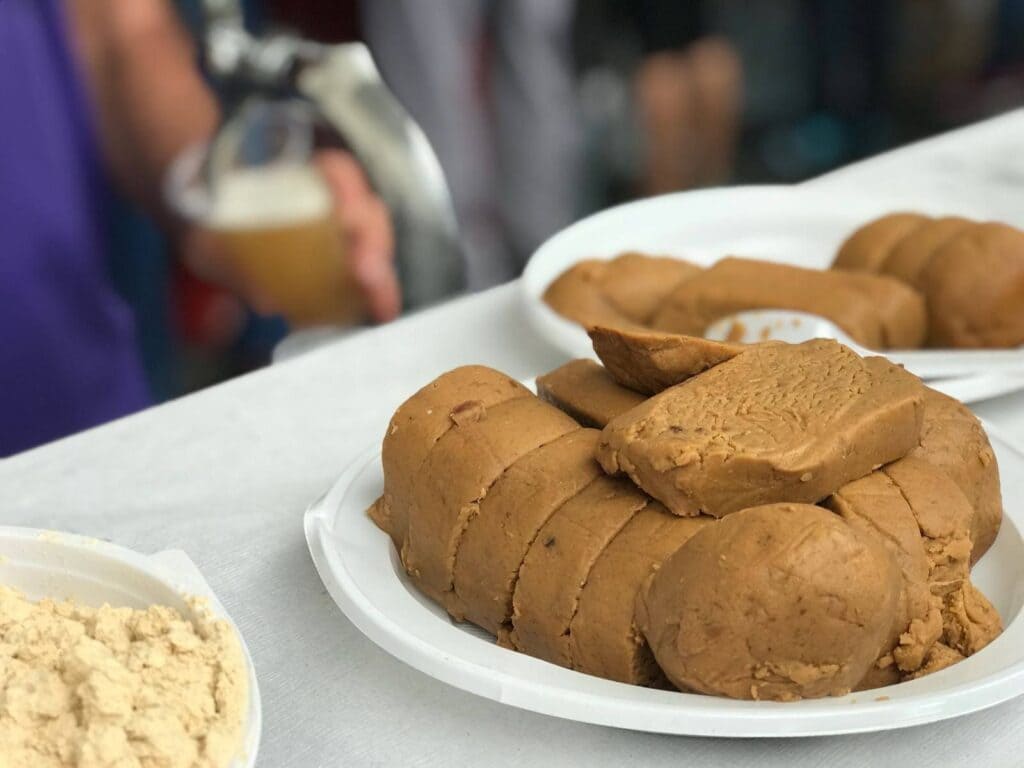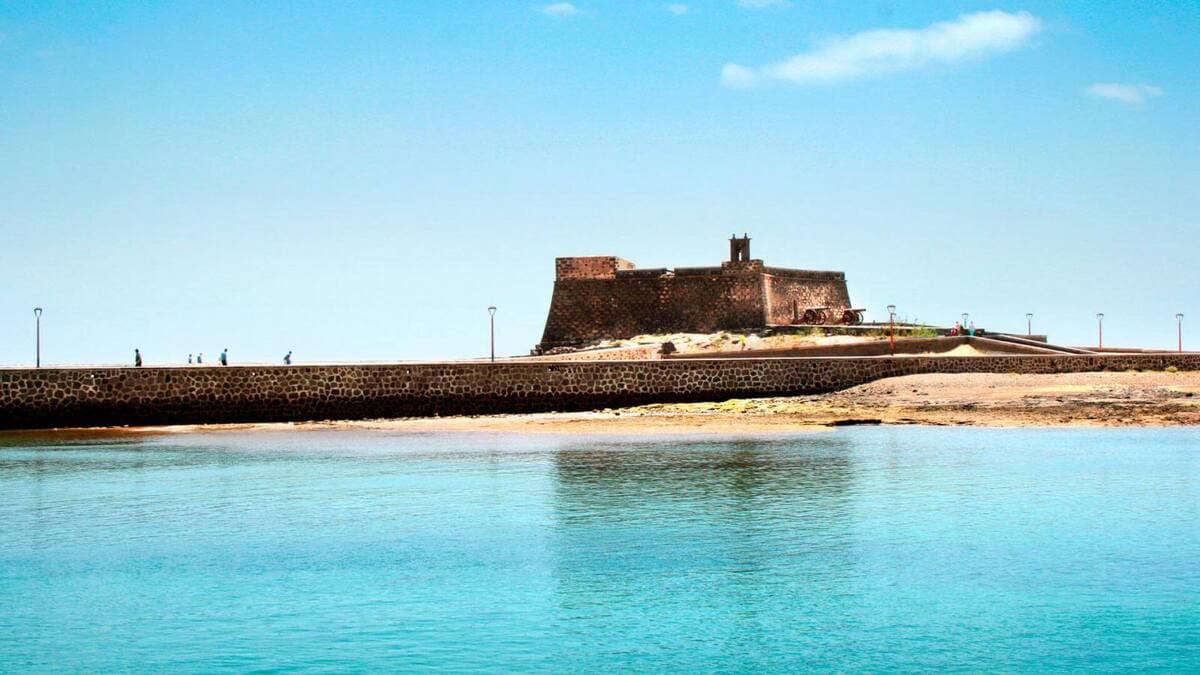The limpets are molluscs that well cooked have an exceptional flavor. They are not very popular in the peninsula, except in some areas of northern Spain, especially in Asturias, where they are called " llámpares". However, Canary Island limpets do play a very important role in the archipelago's gastronomy, where they are commonly prepared on the grill or as ingredients in dishes such as Canary Island paella.
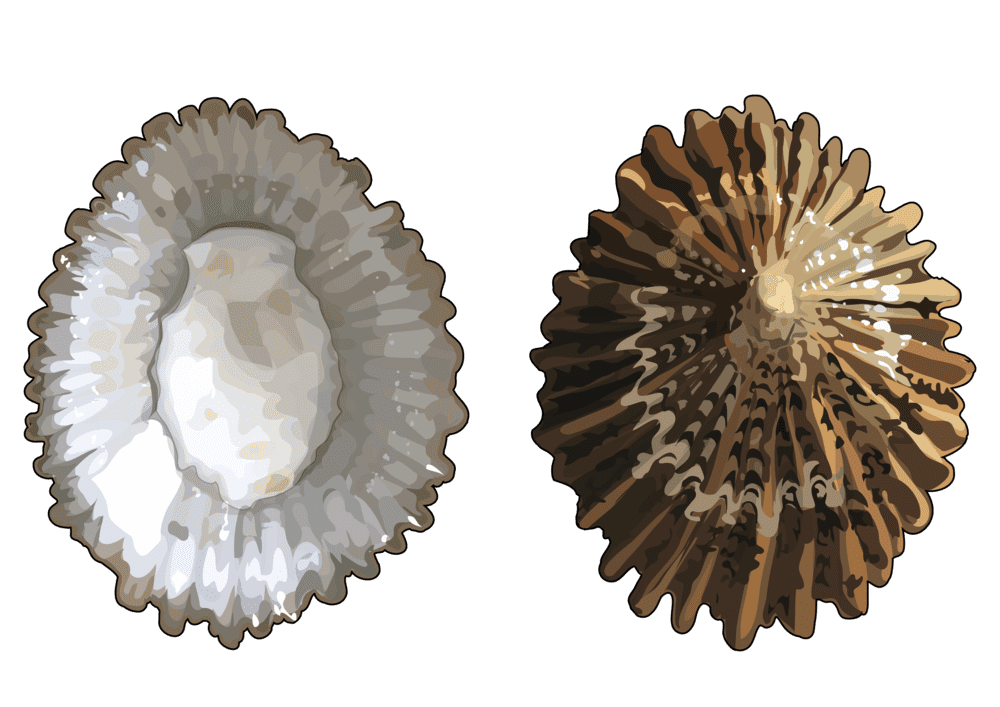
The limpets are a very healthy and balanced food, with a low level of fat, which makes them very interesting in hypocaloric slimming diets. As they contain essential fatty acids they are considered very beneficial in reducing blood pressure and cholesterol and in preventing cardiovascular diseases and some types of cancer.
Lapas are also known as sea snails, and although they seem to spend their lives anchored to the rocks of the coast, the truth is that they move to get food.
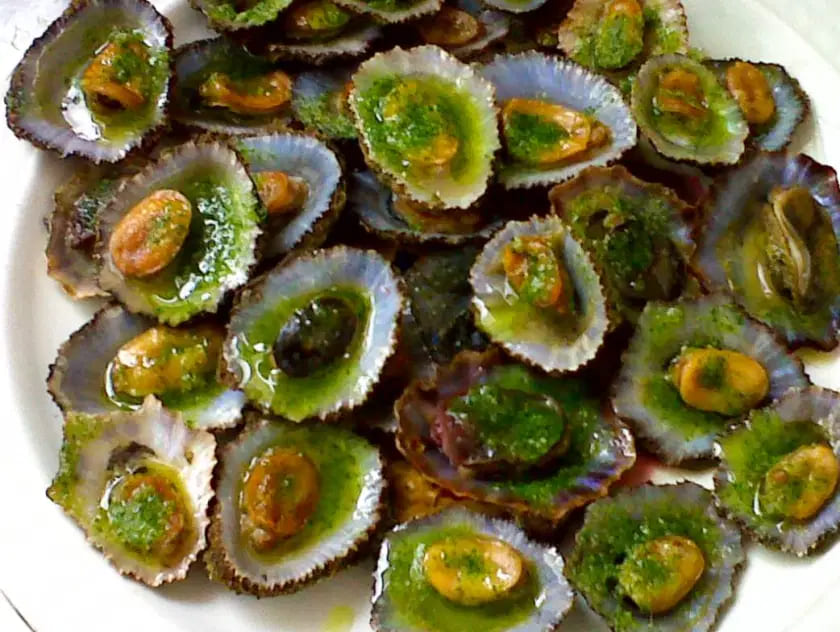
What are Canary Island limpets
Lapas are gastropod mollusks that belong to the order of the archaeogastropods. Their main characteristic is to have a shell as a shield, a kind of "Chinese hat", with a bilateral symmetry and covering the body of these molluscs in its entirety.
Their proportions vary according to environmental conditions and species. The body of the limpets has a muscular foot that adheres to the substrate and serves to move.
The Canary Islands limpets are divided into 4 species: black-footed limpets, white-footed limpets, curved limpets and barnacles.
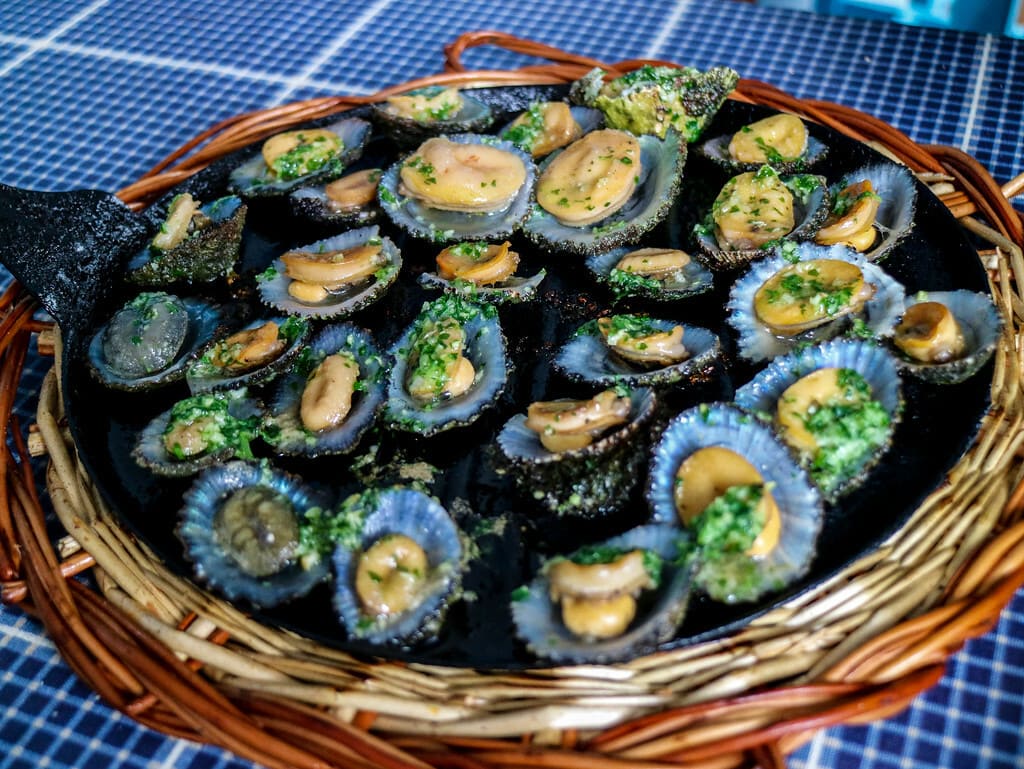
At sea level, the white and black Canary Island limpets are the most interesting. They are named for the different colouring of their feet, yellowish orange in the white ones and dark greyish in the black ones.
Both species have their habitat in the interior areas of the tidal strips up to their first meters of depth. They are also known as bottom limpets.
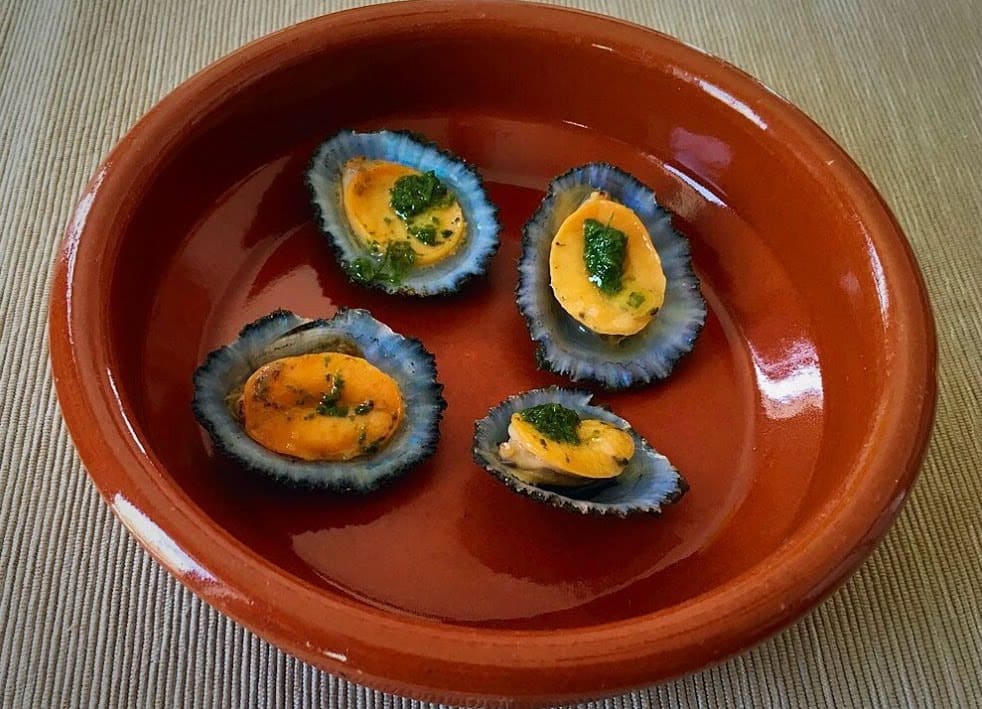
The curved limpet has a notably more leathery flesh than the previous ones, they are smaller in size and have their habitat in the upper areas of the tidal strips.
Until relatively recently, curved barnacles were not seafood, but the increasing scarcity of this mollusc has led to an increase in its capture and consumption.
Finally, the limpets have a higher shell than the rest of the species, as well as a larger size. It lives in the same areas as the curved limpets, although its meat is considered to be of higher quality.
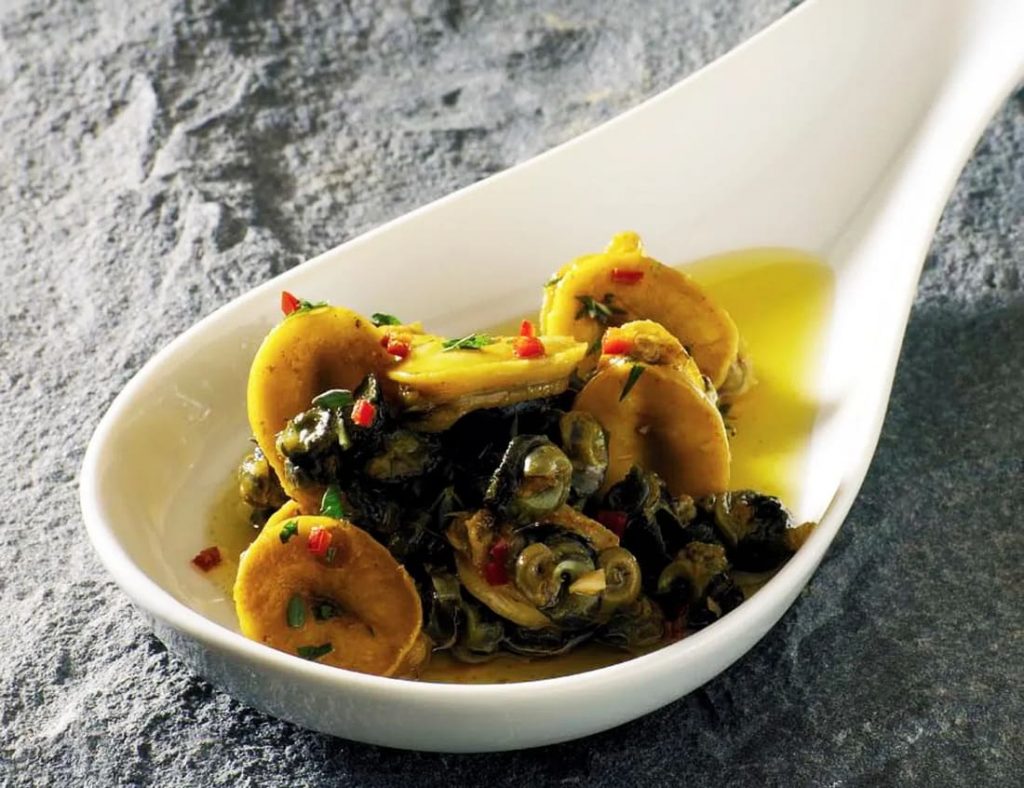
How to cook sea lions
Knowing how to cook limpets is fundamental when tasting this marine delicacy, since without a good dressing these molluscs are quite bland. The best known recipe in the archipelago is the grilled limpets.
Remember that limpets usually have moss and sand, and they can be very tasty, but if you start chewing sand when you eat them, the dish will be a failure. That is why it is essential to wash them well before cooking them.
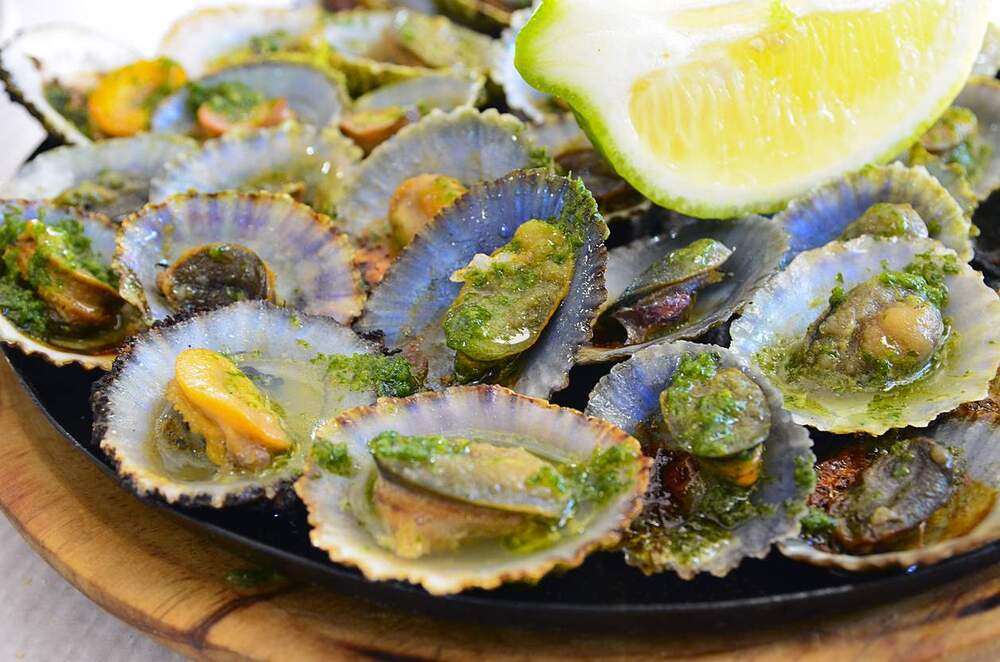
To prepare some grilled limpets with green mojo, a classic, you basically have to put them on an iron plate, pour the mojo over them and put them on the fire until the meat separates from the shell, something that takes a few minutes. In the same way you can prepare them in the oven.
The texture of these molluscs is somewhat leathery, so it is advisable to eat them freshly made, before they get cold and hard. Although it can be a great first course, it is usually eaten as a tapa or as an aperitif.
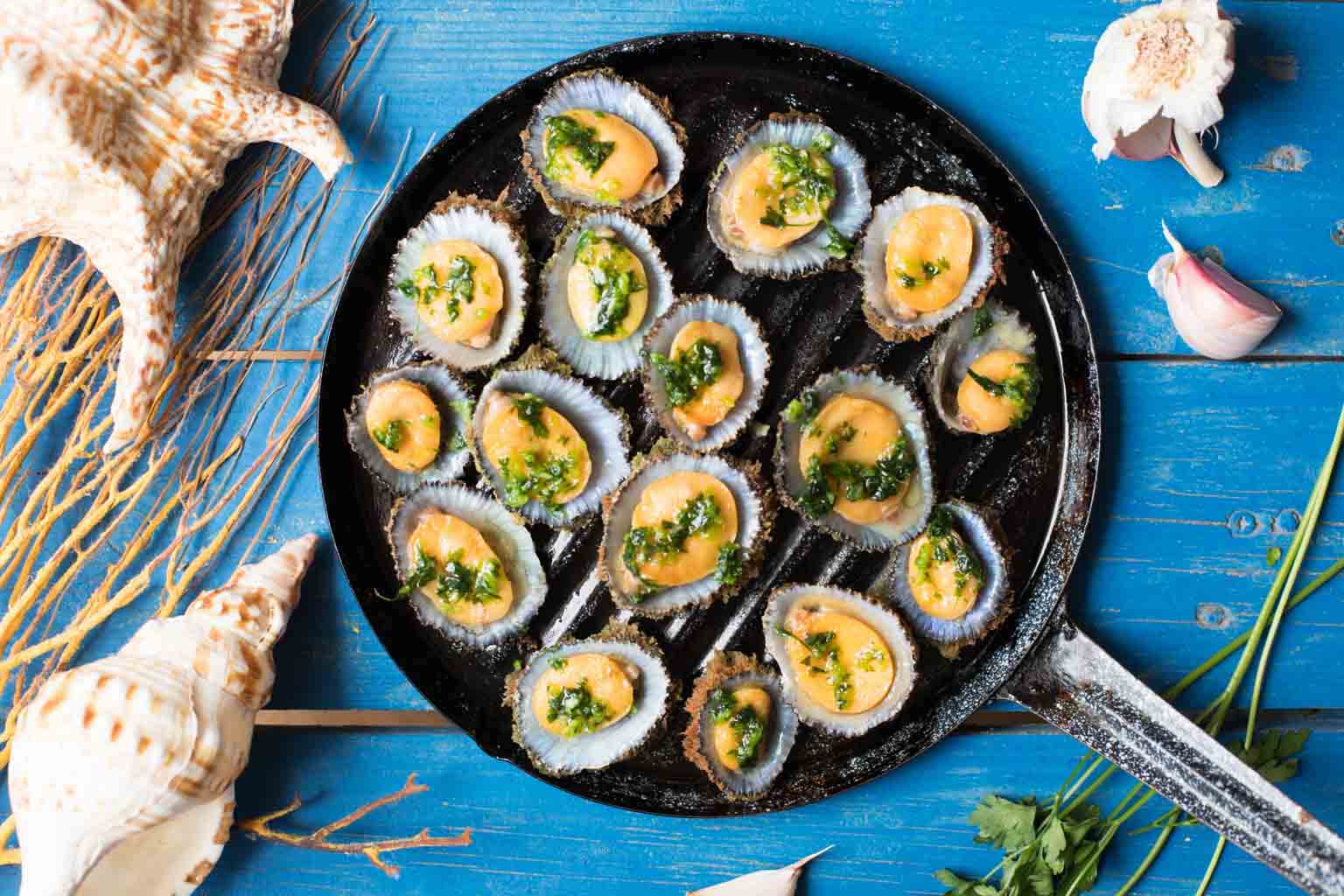
Grilled limpets recipe with green mojo
This delicious recipe is very simple, it takes very little time and the result is spectacular. These are the ingredients you will need for 2 diners:
- -Lapas: about 20 (can be more if the molluscs are small).
- -Garlic cloves: 2.
- -Fatty sea salt.
- -Fresh parsley.
- -AOVE: 50 grams.
To prepare this delicious Canarian recipe you only have to follow these simple steps:
- 1. Wash the limpets well until they are completely free of sand, dirt, moss, etc., and drain them.
- 2. Put the parsley, a small spoonful of coarse sea salt and the peeled garlic cloves in a mortar until a paste is formed. Then add the extra virgin olive oil and stir well to mix.
- 3. Put the limpets on a grill or iron plate with the shells facing down and pour the green mojo over them.
- 4. Cook them over a high heat until you see that the meat has come off the shells and they are ready to serve. Wait a few minutes for them to warm up and serve them immediately to taste them at their best.
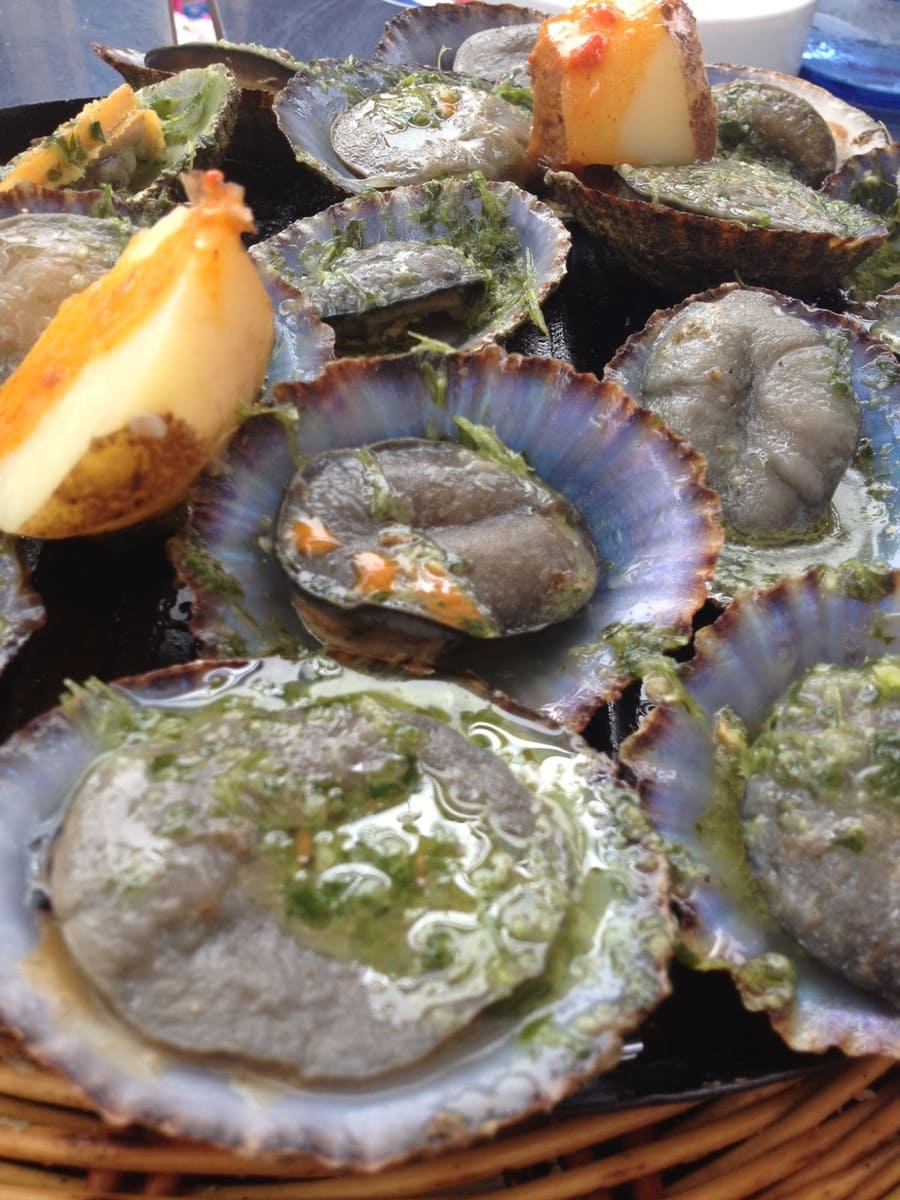
Canary Island limpets are a fairly unknown dish on the peninsula (although Asturians love their limpets, usually stewed), but on the Fortunate Islands they are a classic. Those who try this delicacy usually make it one of their favourite dishes because it really does have a spectacular flavour.
Photos: lapalmerarosa.com, gastropitecus-gloton.blogspot.com, Canary Islands Government, eltambor.es, gastronomia7islas.com, canariasgourmet.es, tenerifeysuspueblosblog.wordpress.com, lagavetavoladora.com.
